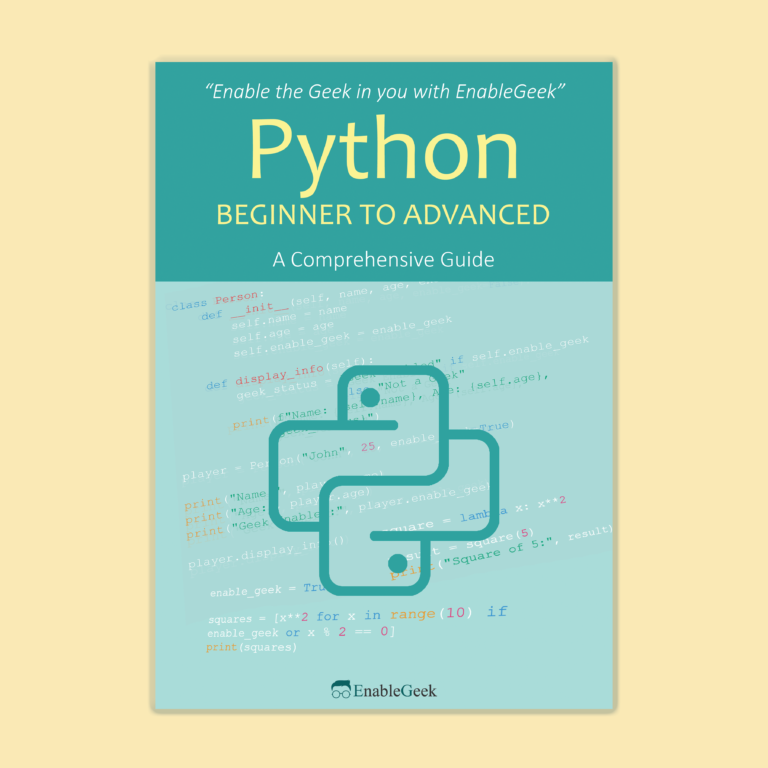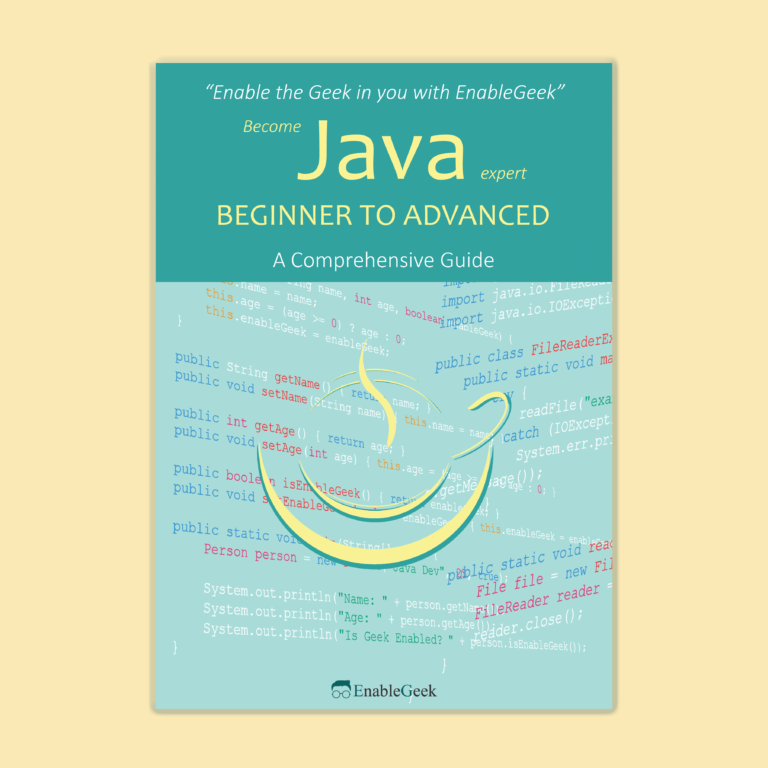Tutorial Series: Python Basic
Python is a well-liked high-level programming language that excels at being straightforward, readable, and adaptable. One of the most popular programming languages in use today was developed by Guido van Rossum in the late 1980s. Python’s simplicity of use, which is one of its main advantages, makes it a fantastic choice for novices who are just beginning to learn to program. Python’s built-in data structures and modules make it simple to work with a wide range of data types and carry out sophisticated operations. It also features a clear and straightforward syntax that is simple to grasp and comprehend.
Python is an interpreted language, which means that each line is run individually rather than being first compiled into machine code. This makes testing and debugging simpler and enables quick prototyping and development. Python is a popular choice for a wide range of applications, from web development to data analysis and machine learning, thanks to its extensive library and framework ecosystem.
Dynamic typing, automated memory management, and support for several programming paradigms, including procedural, object-oriented, and functional programming, are some of Python’s important features. Moreover, Python has a sizable and vibrant developer community that actively supports a variety of open-source libraries and tools in addition to contributing to its development.
Overall, Python is a fantastic language for both beginning and expert developers alike due to its simplicity, adaptability, and ease of use, and its rising popularity guarantees that it will be a prominent force in the world of programming for years to come.
Python Basic - An Introduction to Python Programming
Python Basic - How to setup the local environment and run python
Python Basic - How to use String in python
Python Basic - Mathematical operations by python
Python Basic - A Basic Guide to Python Type Conversion and Variable
Python Basic - How to use Operators in Python
Python Basic - Conditional Statements in the Control Structure in Python
Python Basic - Boolean logic and Operators Precedence in Python
Python Basic - While Loop in the Control Structure in Python
Python Basic - What is The List in Python

Check Our Ebook for This Online Course


Advanced topics are covered in this ebook with many examples.
